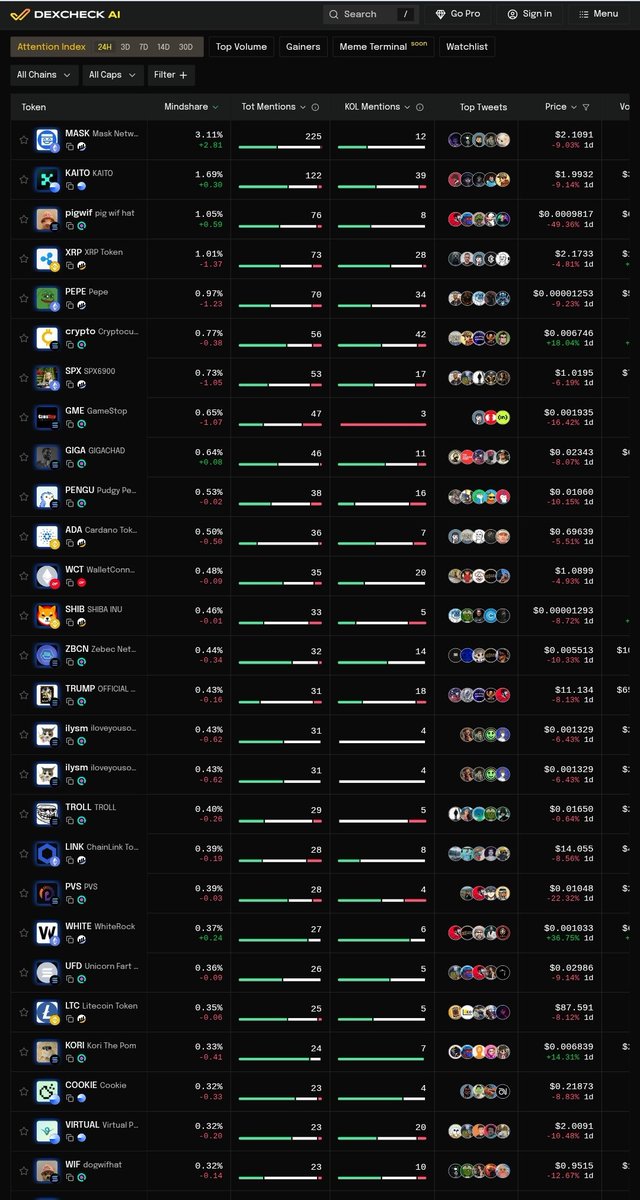Introduction: AI as the Catalyst of Modern Transformation
Artificial Intelligence (AI) has moved from the realm of science fiction into the very fabric of our daily lives, transforming industries, redefining work, and reshaping social interactions. The term itself often conjures images of autonomous robots or futuristic technologies, but AI today is much more pervasive and practical than that. At its core, AI is about machines performing tasks that typically require human intelligence—learning, reasoning, problem-solving, and even understanding language and emotions. As we embrace this new era, unpacking the nuances, challenges, and promises of AI becomes essential.
—
What AI Really Means: Beyond the Buzzword
AI is frequently misunderstood because it encompasses a wide range of techniques, applications, and capabilities. From simple automation scripts to sophisticated deep learning models mimicking human cognition, AI’s spectrum is vast.
Types of AI Technologies
– Machine Learning (ML): The backbone of modern AI, ML enables systems to learn patterns from data without being explicitly programmed. It powers everything from recommendation algorithms on Netflix to fraud detection in banks.
– Natural Language Processing (NLP): This subfield focuses on making sense of human language. Chatbots, virtual assistants, and language translation services depend heavily on NLP.
– Computer Vision: Giving machines the ability to see and interpret images or videos, computer vision is behind facial recognition, autonomous vehicles, and medical imaging analysis.
– Robotics: Combining AI with physical machines, robotics automate complex physical tasks previously limited to humans.
This diversity means AI’s impact touches nearly every sector, whether it’s automating tedious workflows, enhancing creativity, or generating insights from vast datasets.
—
Current Applications: AI’s Tangible Influence Across Domains
AI’s growing footprint is evident in numerous industries, each leveraging its strengths in unique ways.
Healthcare
AI accelerates disease diagnosis by analyzing complex medical data, enabling early detection of illnesses like cancer or neurological disorders through imaging or genetic data. Virtual health assistants can triage patient symptoms, while AI-driven drug discovery shortens the path from research to treatment.
Finance
Risk assessment, trading algorithms, and personalized financial advice rely heavily on AI systems parsing through millions of transactions and market movements. Fraud detection systems use AI to spot anomalies in real-time.
Entertainment and Media
From personalized content recommendations to generative AI creating music, art, and stories, AI fuels new avenues for creative expression and consumer engagement.
Autonomous Systems
Self-driving cars, drones, and smart manufacturing robots exemplify AI’s blend of sensing, decision making, and action, reshaping transportation and production landscapes.
—
Challenges and Ethical Considerations
Despite its vast potential, AI also faces significant hurdles and ethical questions.
Data Bias and Fairness
AI systems trained on biased data can perpetuate and even amplify discrimination—whether in hiring, lending, or law enforcement. Ensuring fairness requires rigorous dataset auditing and inclusive design principles.
Transparency and Explainability
Many AI models, especially deep learning ones, function as ‘black boxes,’ offering little clarity on how decisions are made. This opacity complicates trust and accountability, particularly in critical areas like healthcare or criminal justice.
Job Displacement and Economic Impact
Automation powered by AI threatens to displace certain job categories while creating others. Managing this workforce transition remains a pressing societal challenge.
Privacy and Security
The vast data AI consumes can expose sensitive personal information. Balancing innovation with user privacy rights is a central concern amid increasing surveillance capabilities.
—
Looking Forward: AI’s Next Frontier
The future of AI promises deeper integration, more powerful capabilities, and wider accessibility.
AI and Human Collaboration
Rather than replacing humans, AI systems will increasingly augment human decision-making and creativity, offering tools that enhance rather than supplant human potential.
Democratization of AI
Open-source platforms, cloud-based AI services, and intuitive development tools are lowering barriers, enabling broader participation from individuals and organizations worldwide.
Advances in General AI
Current AI excels in narrow tasks, but efforts toward Artificial General Intelligence (AGI)—machines that can perform any intellectual task a human can—continue to push research boundaries.
Ethics and Regulation
Global conversations around AI governance will shape frameworks to ensure benefits are shared equitably, risks are mitigated, and human rights are preserved.
—
Conclusion: Embracing AI with Balanced Enthusiasm and Caution
AI represents one of the most transformative technological forces of our time, weaving itself into the complex tapestry of society with both promise and peril. Understanding what AI entails—its capabilities, limitations, and impacts—is crucial for navigating an increasingly AI-powered world. The journey ahead is not simply about machines becoming smarter but about crafting a future where human values guide technology’s evolution. By fostering innovation paired with ethical vigilance, we can unlock AI’s potential to enrich lives, solve pressing problems, and inspire new horizons.
—
Relevant Links
– OpenAI (https://openai.com)
– MIT Technology Review: Artificial Intelligence
– World Economic Forum: AI and Ethics











